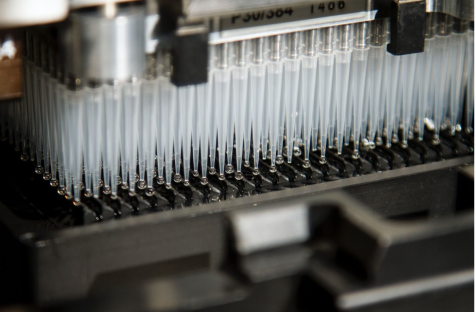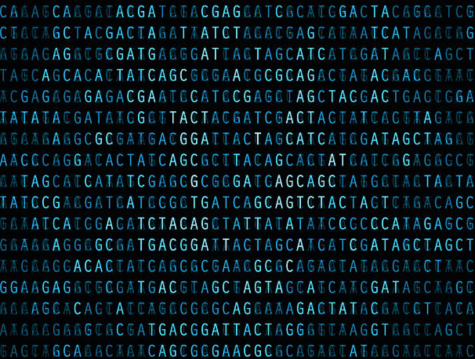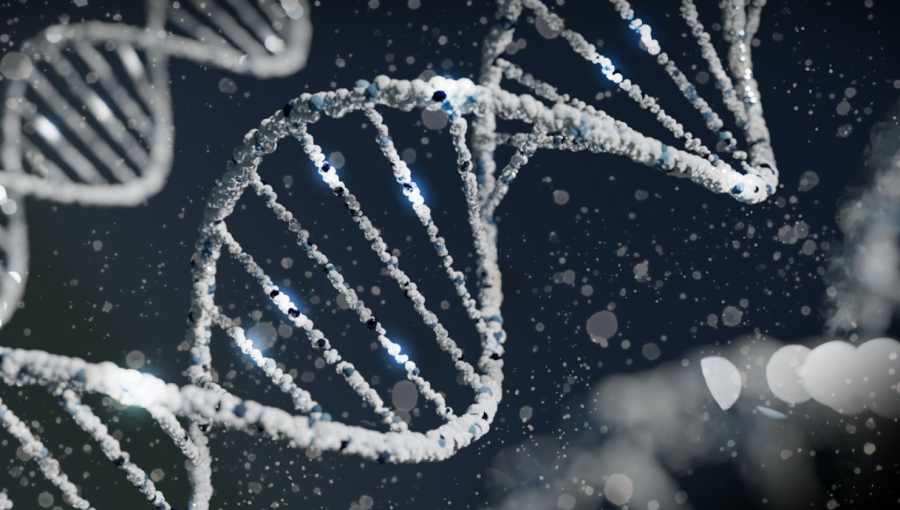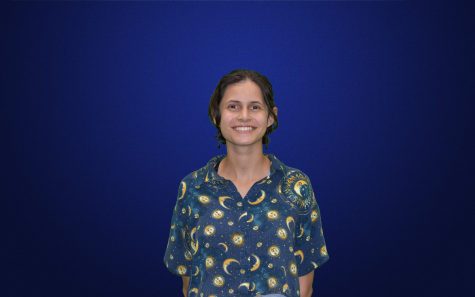Human Genome Project
The Human Genome Project
May 6, 2022

In 1988, the idea of mapping the Human Genome was presented. The project was deemed complete in 2003 when scientists finished mapping 92% of the sequence. At the time, this was as far as the technology of the time would allow them to go. Even with this amount of the sequence mapped, these professionals were able to get a pretty good idea of what human genetics looked like.
Recently, the last 8% of the human genome map was completed. We now can see the entire genetic code of a human all laid out. Since this discovery is so new, there won’t be much of an impact for many years to come, but it will be very helpful in seeing into the causes of certain diseases.
Now, why is this important? The Human Genome Project was created to make easier and faster ways of identifying genes and finding clues to certain genetic diseases. This can help when scientists use genetic mapping on a person to discover what kinds of diseases and traits have been passed down from the parent to the child. They can compare that person’s DNA to the Human Genome map, and see where the changes lie, and how they have changed.
Having the Human Genome mapped out can also help scientists and medical professionals find insight into how certain diseases, like cancer, develop. It can show the parts of the DNA that have changed because of the disease, and with this information, they can figure out ways to reverse this change and create a cure. This could end up saving millions of lives, and improve the quality of life for these people.

Along with this, scientists can now find out how humans, as a species, have evolved, and how we have become so diversified. Since this is the blueprint for every human’s DNA, it can be compared to multiple people, and it will show how we have grown and changed over time. Because of this, it can lead to new information on how humans used to live, and how they grew and changed as the environment around them changed.
In this DNA, researchers have found about 3.055 billion base pairs, which make about 19,969 genes. With the completion of the last 8%, they have found about 2,000 new genes, however, only 115 are active. With these new discoveries, scientists have learned so much more about the human genome and will be able to help uncover new information, such as how these genes are passed down from generation to generation. As well, it can show where people get their traits from and how and why they are there.
Without the completion of the Human Genome Project, there would still be a lot unknown about how the DNA strands are made up, and how they can change and be changed. Now, they can tell how a daughter cell receives the proper amount of chromosomes, which creates healthy cells and makes for a healthy human being, and so much more that we haven’t figured out yet. This will be able to help future generations map the way to new genetic discoveries.








